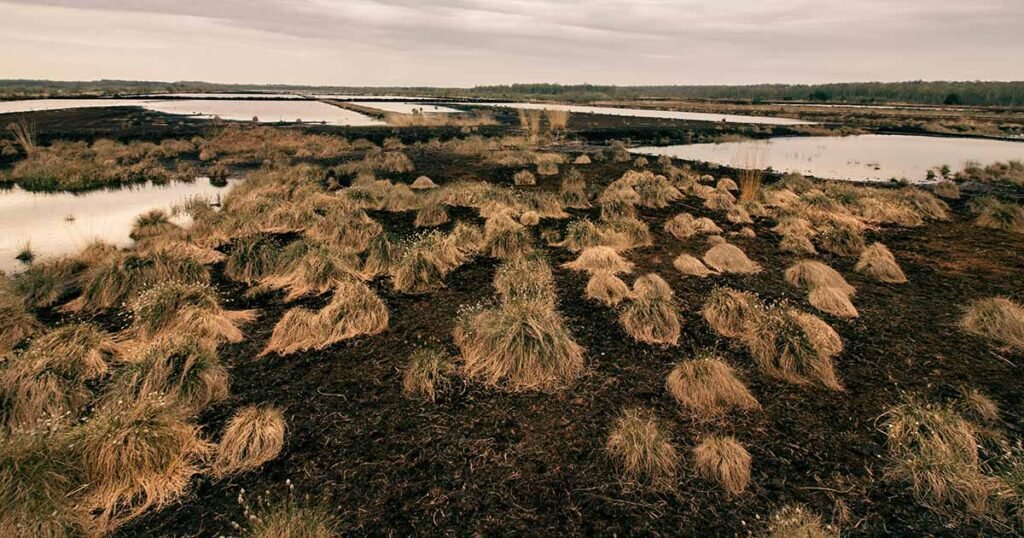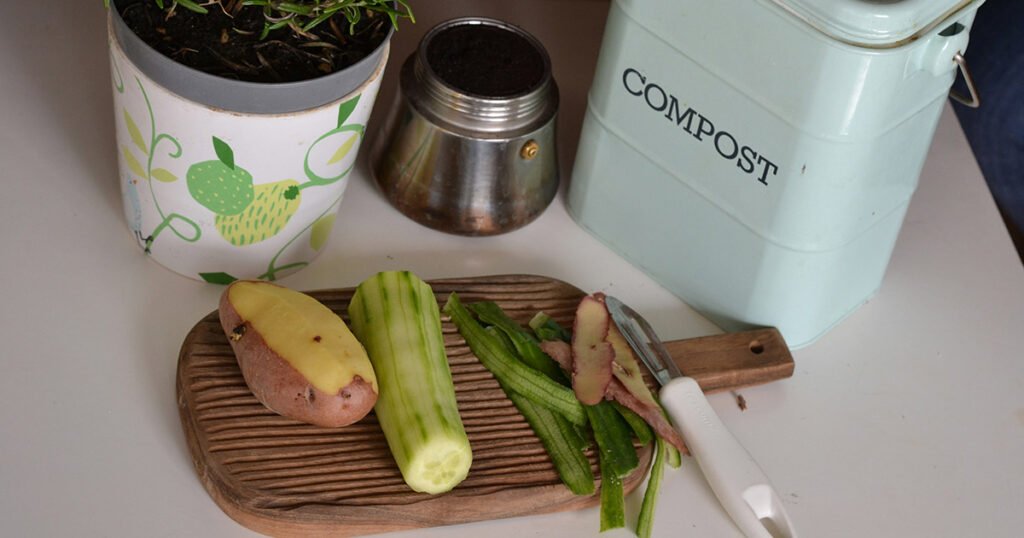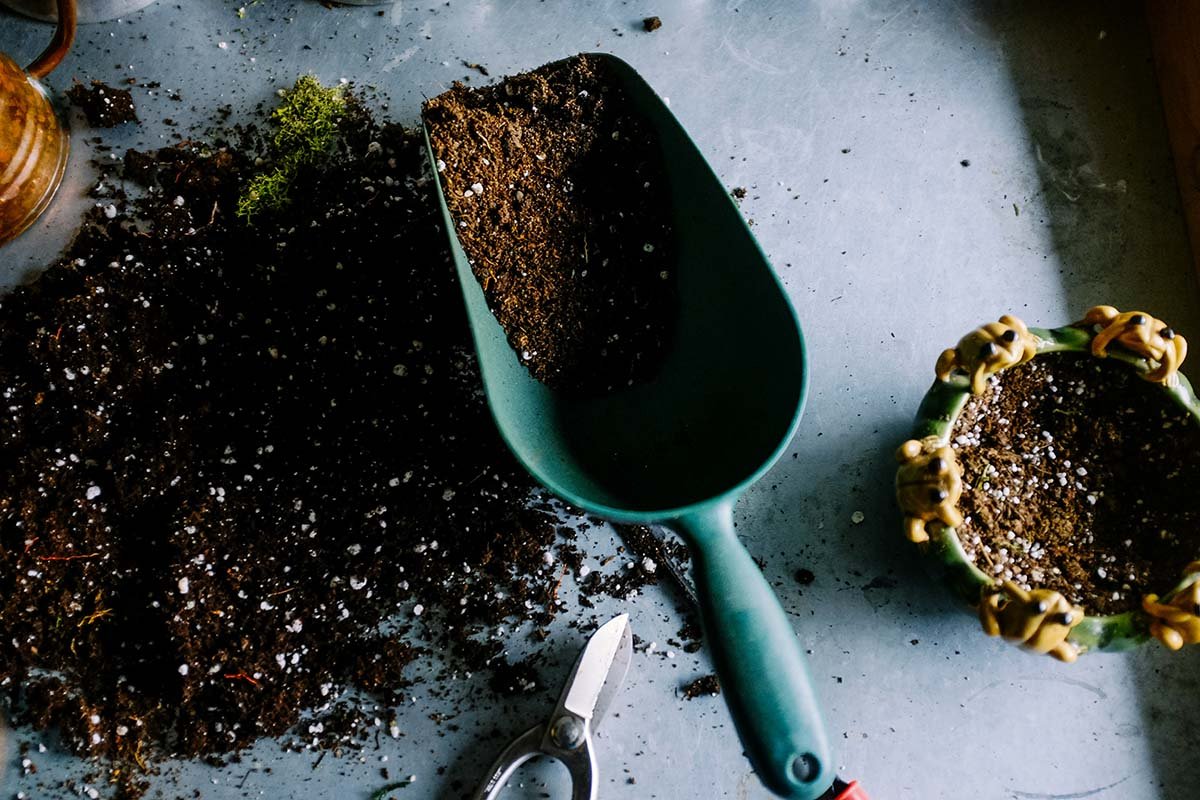Creating the perfect indoor potting mix is essential for growing healthy, vibrant houseplants. Unlike outdoor soil, indoor plants need a carefully balanced potting mix that promotes drainage, aeration, and nutrient retention. This guide will walk you through everything you need to know to create a high-performing DIY indoor potting mix tailored to your plants’ needs.
Why Not Use Garden Soil for Indoor Plants?
Using garden soil indoors may seem convenient, but it’s a common mistake. Outdoor soil is too dense, retains too much water, and often contains pests, weed seeds, and pathogens. Indoor environments lack the natural drainage and microbial activity found outdoors, making proper soil structure critical for plant health.
Key problems with using garden soil:
- Poor drainage leading to root rot
- Compact structure that restricts root growth
- Risk of pests and fungal infections
- Inconsistent nutrient content
At the very least, buy a pre-made indoor potting mix. However, a DIY potting mix will allow you to optimise your soil to your plant’s needs, and save you money too!
Understanding the Components of a Great Indoor Potting Mix
A good potting mix balances three essential components:
Aeration Agents
These prevent soil compaction and promote root development.
- Perlite: Lightweight volcanic rock that improves drainage and aeration.
- Pumice: Similar to perlite but slightly heavier and more durable.
- Vermiculite: Absorbs water and nutrients, slowly releasing them to plant roots.
Water Retention Agents
These hold moisture without becoming soggy.
- Coconut coir: Sustainable alternative to peat, retains water well while allowing airflow.
- Peat moss: Holds moisture and has a slightly acidic pH (best for acid-loving plants).
- Sphagnum moss: A moisture-retaining alternative for plants that require high levels of aeration.

Nutrient-Rich Organic Material
Feeds your plants over time.
- Worm castings: Rich in micronutrients and beneficial microbes.
- Composted manure: Adds nutrients slowly over time.
- Organic fertilisers: Such as fish emulsion, bone meal, or kelp meal.
Structural Additives
- Orchid bark: Adds structure—excellent for epiphytes like orchids
- Horticultural charcoal: Improves drainage, odour control, and toxin absorption. Useful in plant mixes that require high moisture-retaining properties.
DIY Indoor Potting Mix Recipe (General Purpose)
This all-purpose mix works well for most indoor plants and gives you a base to make adjustments based on your environment.
Ingredients:
- 2 parts coco coir
- 1 part perlite/pumice
- 1 part compost or worm castings
Custom Potting Mixes for Specific Indoor Plants
Some houseplants have unique requirements. Below are some small adjustments more suited to different plant varieties.
Succulents & Cacti
These plants prefer a well-draining potting mix. To allow for this, its better to avoid using compost (poor draining properties) and increase the ratio of perlite.
- 1 part coco coir
- 1 part perlite/pumice
For a cheaper alternative, you can add 1 part horticultural sand for a 1:1:1 ratio.

Ferns & Calatheas
You will need a moisture-retaining soil with good aeration for optimal results.
- 2 parts coco coir
- 1 part vermiculite
- 1 part perlite/pumice
- 1 part compost or worm castings
- 1/2 part horticultural charcoal
Adding vermiculite gives this soil mix additional moisture retention whilst still providing adequate aeration. A small addition of horticultural charcoal will help to prevent root rot; use sparingly!
Aroids (e.g., Monstera, Philodendron)
Aroids prefer a chunkier mix for aeration and slightly more acidic soil compared to most other house plants.
- 2 parts peat moss
- 1 part perlite/pumice
- 1 part orchid bark
- 1 part compost or worm castings
Using peat moss as opposed to the more sustainable coco coir gives this mix more acidity. If sustainability is a concern, replace the peat moss with coco coir and add sulphur.
Orchids & Epiphytes
High levels of aeration are required for an Orchid to thrive. For this reason, most Orchid mixes will use bark as a base.
- 3 parts bark
- 1 part sphagnum moss
- 1 part perlite
- 1/2 part horticultural charcoal
Sustainable Best Practices
- Use locally sourced coco coir or peat alternatives
- Compost your kitchen waste to use in potting mixes
- Reuse potting mix, refresh with compost and perlite yearly

Frequently Asked Questions (FAQs)
Q: Can I repot directly into garden soil?
A: No, outdoor soil is too dense and may introduce pests and disease.
Q: How often should I refresh the potting mix?
A: Every 12–18 months, or when it starts compacting or draining poorly.
Q: Can I reuse potting mix from last year?
A: Yes, remove any old roots/debris and replenish with fresh compost and perlite
Q: Is it better to make your potting mix or buy pre-made?
A: Homemade mixes let you customise ingredients based on your plant’s needs and are usually cheaper in the long run.
Q: Is perlite or pumice better?
A: Perlite is usually more affordable, but it’s lightweight, so it may eventually float to the surface. It’s also less durable, so it will require replacing yearly. Pumice has better durability; therefore can often be reused, but this comes at a higher cost.
I prefer to use perlite as I tend to repot my plants and refresh soil mixes yearly anyway.
